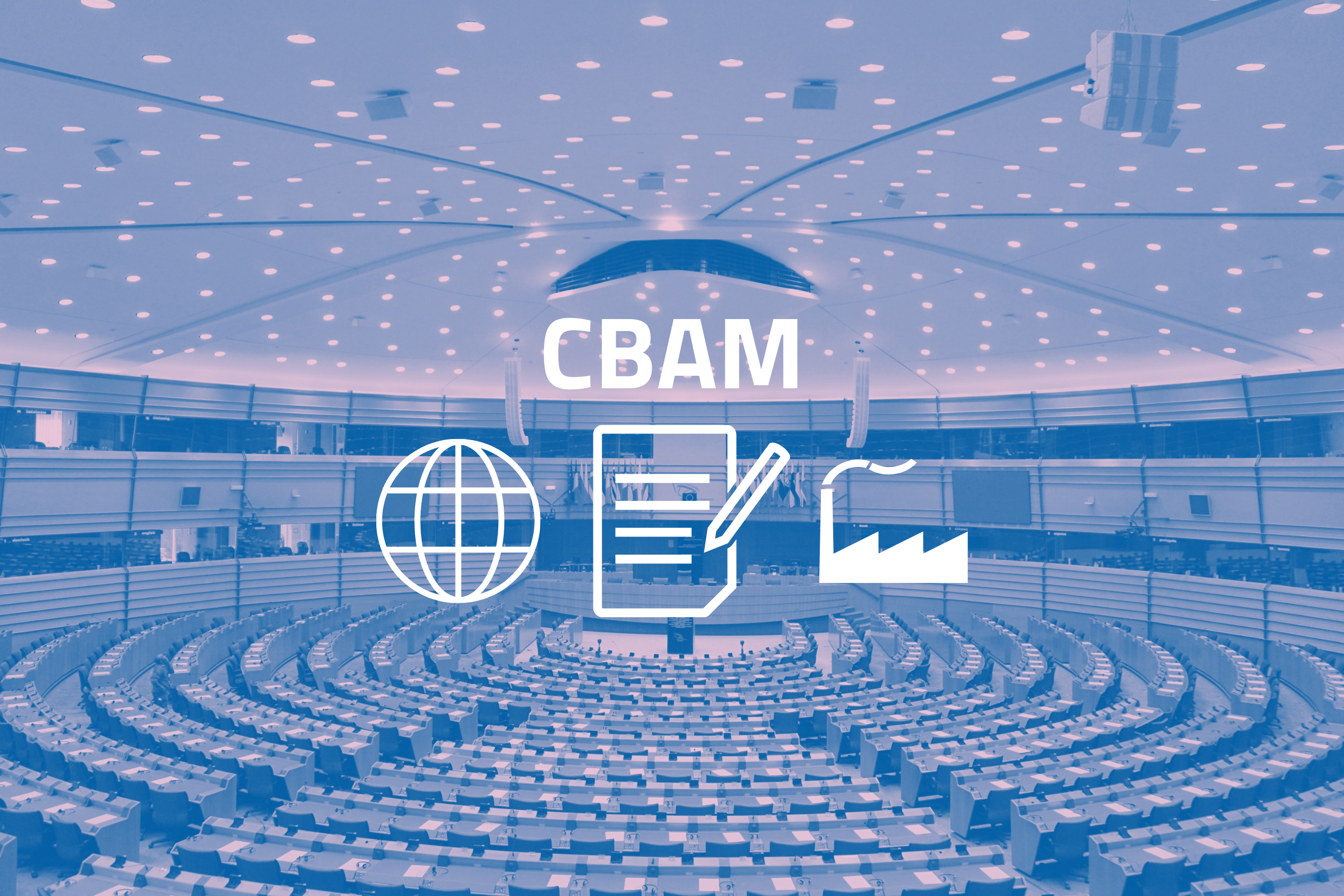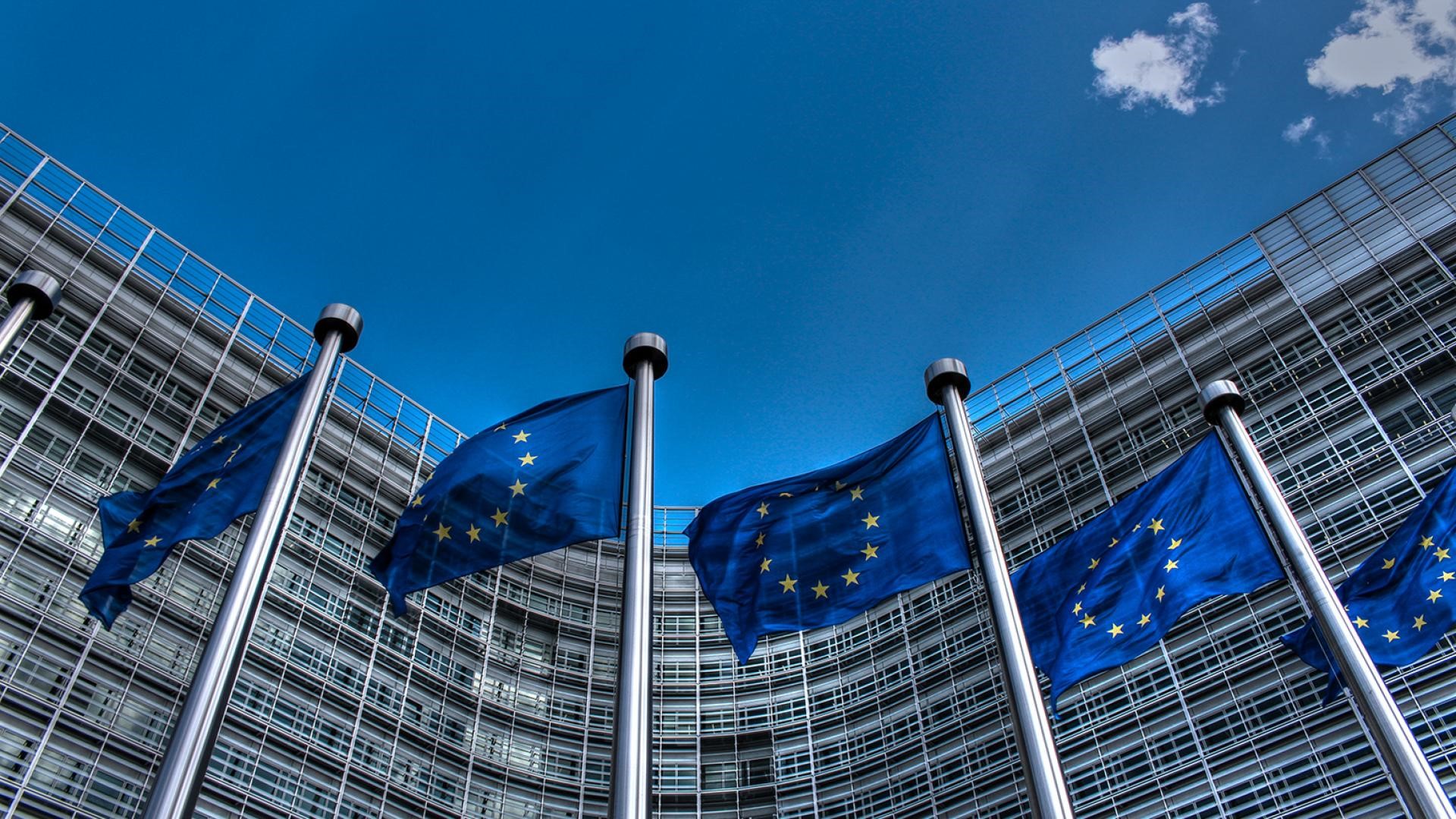

A preliminary agreement between the European Parliament and Council on a Carbon Border Adjustment Mechanism (CBAM) to combat carbon leakage would have implications for the aluminium trade. The provisional agreement of a transitional phase might be in place by October, but it still needs to be confirmed and approved by EU member states and the European Parliament.

The CBAM is intended to strengthen the EU's Emission Trading System (ETS) and contribute to the bloc's aim of reducing carbon emissions by 55 per cent by 2030 and leading to net zero by 2050.
CBAM is how the European Commission describes it “landmark tool to put a fair price on the carbon emitted during the production of carbon-intensive goods entering the EU and to encourage cleaner industrial production in non-EU countries”.
According to the CBAM agreement, a tariff on goods imported into the EU would be implemented gradually between 2026 and 2034 based on their environmental footprint. The imports with the highest risk of carbon leakage and carbon-intensive production will be the first to be subject to it. These include aluminium, one of the most energy-intensive produced commodities, iron and steel, fertilisers and cement. Nevertheless, the tax will eventually apply to all imports.
Importers will have to declare greenhouse gas emissions (GHG) embedded in their imports, both direct and indirect, during a trial period that is scheduled to begin in October 2023. However, they won't have to make any payments or modifications. CBAM will go into effect in its entirety on January 1, 2026. Following that, importers must disclose the volume of items brought into the EU the previous year and the inherent GHG. Suppliers will utilise default emission data if they cannot provide the necessary information.
Ewa Manthey, the Commodities Strategist, and Warren Patterson, the Head of Commodities Strategy at ING, said, "This could be considerably more punitive. This is a risk to some countries/suppliers that do not have this level of data."
According to the Dutch multinational banking and financial services organisation ING, Norway and Iceland were the top and third-largest aluminium suppliers to the EU in 2022, respectively. Imports from those nations are exempt from CBAM.
The other major suppliers to the EU are China, India, Turkey, Russia and the UAE, while the initial two countries' production has the highest emission intensity.
According to ING's experts, the difference between direct emissions from aluminium smelters depends on whether they use captive power plants or the grid.

"For those with captive power, their direct emissions are significantly larger," they claimed.
Furthermore, the raw materials used in captive power plants to generate energy are critical, as most of the carbon footprint of aluminium imports is due to the electricity used in the electro-intensive smelting process.
Coal-fired electricity generation accounts for 88 per cent of Chinese primary aluminium production, with hydropower accounting for 12 per cent, which is majorly done in the Yunnan region.
ING said, "Therefore, the additional cost to move this product to the EU will be significant. As things stand, it would be difficult not to see Chinese aluminium flows to the EU falling. The import cost of Chinese aluminium products into the EU could increase by around 17 per cent due to CBAM."
In spite of this, ING advised the market to keep an eye on China's ETS progress. The scope of the programme could be expanded to encompass heavy industry, which would assist in decarbonizing the Chinese aluminium industry and lessen the effects of CBAM if prices rise as projected. This trend includes hydropower, which will decrease the carbon emission rate of China's aluminium industry. However, the world's largest aluminium producer is shifting its smelters to its Southern regions, where hydropower is available.
According to ING, the forecast for Indian flows is "a little more unsettling." India does not have an ETS or a carbon tax, in contrast to China. Although it has a coal tax (cess), ING thinks it's unlikely it will be used to offset the CBAM partially.
On a broader aspect, the Indian aluminium industry, in association with the government of India, is also developing plans to counter the challenge, which the EU is aware of.
The analysts stated, "The intensity of emissions from Indian aluminium producers is not just the greatest among EU suppliers, but also the highest globally. Coal captive power plants drive these high emissions."
Due to the considerable increase in price per tonne of Indian aluminium entering the EU, it is impossible to imagine that these flows will remain unaffected without significant decarbonization initiatives. According to ING, CBAM might boost the cost of importing Indian aluminium products into the EU by more than 40 per cent.
Turkey's emission intensity is comparable to the EU's, and the country is considering its ETS scheme to aid decarbonization.
Although Russia does not have a carbon tax, Russian aluminium has one of the lowest carbon footprints of the other suppliers. CBAM is only likely to have a minor effect on these flows because of this. Six per cent additional cost is only anticipated.
According to ING, the sanctions on Russian aluminium concerning Russia-Ukraine geopolitical crisis pose the most significant risk to Russian aluminium shipments to the EU.
By large, UAE is considered a large aluminium supplier to the EU, and its smelters also utilise captive power. However, the smelters burn natural gas instead of coal, resulting in significantly lower emission intensity than in India and China.
ING said, "However, due to captive power, direct emissions in the UAE are still higher than those in the EU, though they are starting to use more renewable energy in aluminium production".



Responses






